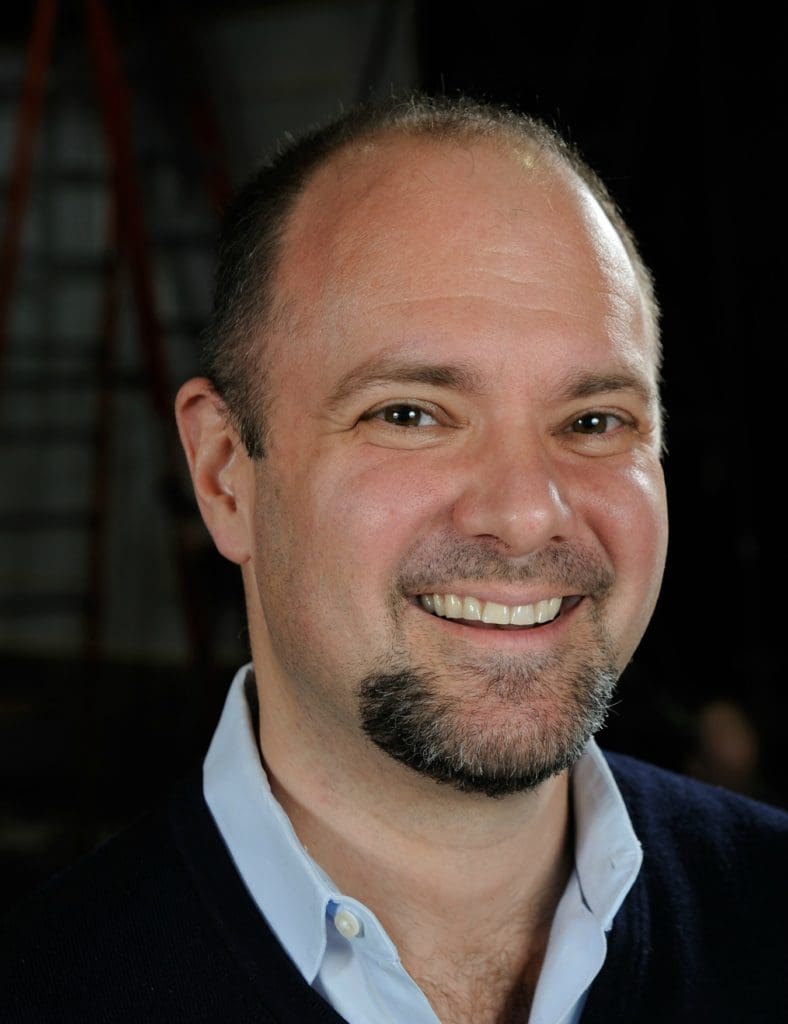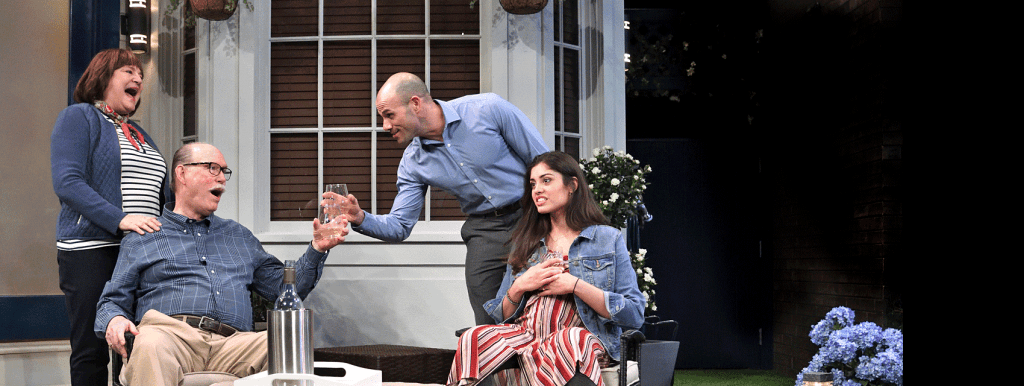
2/19/2020
By Curt Columbus
WELCOME TO TRINITY REP’S production of A Tale of Two Cities, in a brilliant, new adaptation by our longtime company member, Brian McEleney. Dickens’ master literary work, first published in 1859, is known to be the best-selling novel of all time. Its popularity could be explained by the story alone, being an epic work of fiction that spans two continents and several decades. But this Tale is so much more than that.
I don’t generally dedicate much of my letter to the source material for the play we are producing, but Dickens’ first sentence lives in all of Western literature as one of the finest. It encapsulates the sweep of the novel to come, yet it also acts as a philosophical thesis statement, one that begins the story from a place of moral and historical consideration that is rare in the form. It goes like this:
It was the best of times, it was the worst of times, it was the age of wisdom, it was the age of foolishness, it was the epoch of belief, it was the epoch of incredulity, it was the season of Light, it was the season of Darkness, it was the spring of hope, it was the winter of despair, we had everything before us, we had nothing before us, we were all going to Heaven, we were all going direct the other way — in short, the period so far like the present period, that some of its noisiest authorities insisted on its being received, for good or for evil, in the superlative degree of comparison only.
So, it is the point of view, the ability of the author to place his story not only in its time, but also in the flow of human history. This introductory line also encapsulates why we’ve chosen to produce this adaptation, at this particular time. Dickens’ story holds so much that is relevant to our current historical moment, that it bears repeating in this moment. At the same time, none of the events of the novel is literally connected to events of today, but its words ring bells in our minds that we cannot help but hear in the light of today. And the story is compelling, its message of honor and sacrifice so profound, that it needs to be told right now.
McEleney’s adaptation highlights the things that are so resonant to our current moment, which also makes it important to see onstage. His stage directions suggest the library setting as the place that will contain the stage story (here rendered scenically as the Providence Athenaeum, by the great set designer, Eugene Lee), and I find it a particularly powerful location for this tale of revolution. After all, revolutions always have books as objects that take on greater significance after they occur; whether they underpin the founding of a new nation, or they fuel the literal fires of ignorance, they are always there.
I am also keenly aware that all of our plays this spring feature narratives of history and justice. This is, undoubtedly, also a function of the time in which we live. We crave for justice, we feel the pull of history and its inevitability. Whatever the cause, I invite you to consider these connections as you watch our spring season.
Enjoy the grandeur that is our Tale of Two Cities. I look forward to talking with you about the production, and to seeing you at the theater.

Curt Columbus
The Arthur P. Solomon and Sally E. Lapides Artistic Director

